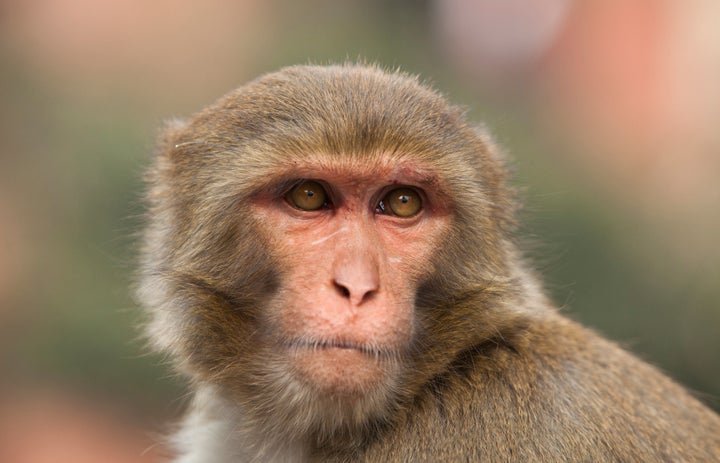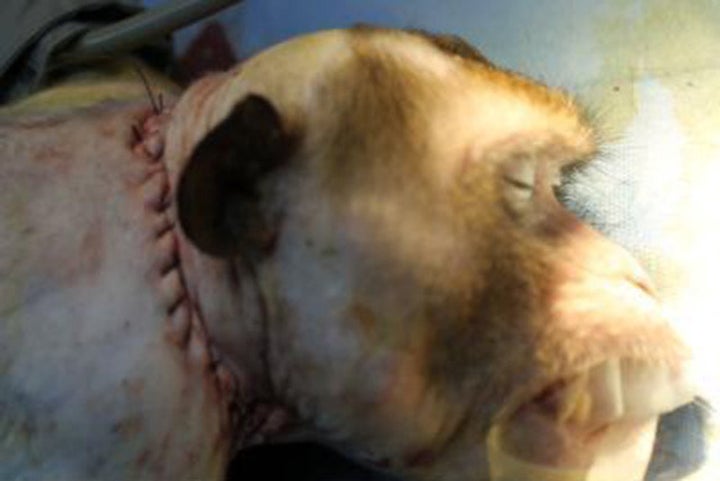
A controversial neuroscientist who has long promoted human head transplants as a cure for paralysis is now claiming that the procedure has been successfully tested on monkeys.
Sergio Canavero, a neuroscientist at the Turin Advanced Neuromodulation Group in Italy, recently announced that researchers at Harbin Medical University in China have successfully transplanted the head of a monkey onto a different body, New Scientist reports. The doctors connected the blood supply between the head and the new body, but did not attempt to connect the spinal cord.
"The monkey fully survived the procedure without any neurological injury of whatever kind,” Canavero said, according to New Scientist.
He added that the monkey was only kept alive for 20 hours after the procedure for ethical reasons.
The experimental head transplant duplicated work done by American neurosurgeon Robert White, Canavero said. In the 1970s, White demonstrated that a monkey can survive such an operation without brain injury if the head is cooled to minus 15 degrees Celsius, according to the online magazine Motherboard.
Although the research is scheduled to be published in the journals Surgery and CNS Neuroscience & Therapeutics over the next few months, New Scientist reported it has neither seen those papers nor verified Canavero's claims.
The publication did include a rather gruesome photo (below) of the supposed monkey, and video of mice that reportedly had their spinal cords severed and then re-fused in experiments.
Scientists said they were skeptical of Canavero's claims, especially because of his unusual step of going public before his research was published.
“It’s science through public relations,” Arthur Caplan, of the New York University School of Medicine, told New Scientist. "When it gets published in a peer-reviewed journal, I’ll be interested. I think the rest of it is B.S.”
Caplan said head transplants may neither be doable, nor desirable.
Caplan told The Huffington Post the likelihood of Canavero succeeding "is about the same as my transplanting a head -- which is to say zero."
Caplan added: "If he knew what he was doing, he would help people paralyzed by spinal cord injuries rather than prattling on about transplanting heads."
In an op-ed for Forbes printed last February, Caplan wrote:
Ethically the big obstacle is what will happen if I stick an old head on a new body. The brain is not contained in a bucket -- it integrates with the chemistry of the body and its nervous system.
Would a brain integrate new signals, perceptions, information from a body different from the one it was familiar with? I think the most likely result is insanity or severe mental disability.
Animal rights advocates previously have spoken out against such research and experiments.
Theoretical neurobiologist Mark Changizi said he thinks the ethical issues may be resolved with a simple rebrand.
“Setting aside the ethical issues of primate experimentation here, if one calls this ‘torso-and-limbs transplant’ rather than ‘head transplant,’ then the nightmare-ish ethical associations are dissolved,” Changizi told Gizmodo.com.
WARNING: The image below may disturb some people.

This article has been updated to include additional comments from Caplan.
Also on HuffPost:
